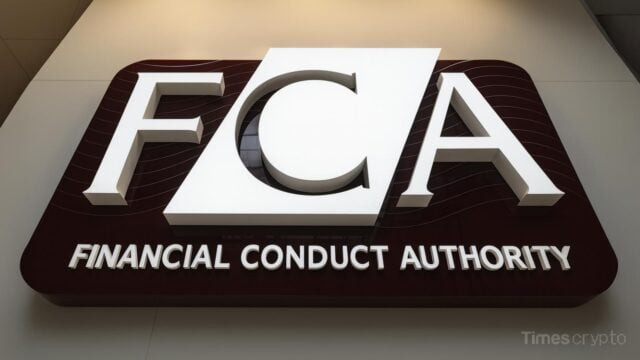Key Points
- The U.S. Federal Reserve has withdrawn previous crypto-related banking guidelines valid from 2022 to 2023.
- Banks no longer need prior approval to engage in crypto or dollar token activities.
- This signals a long-term shift toward crypto integration in mainstream finance.
What Changed
In April 2025, the U.S. Federal Reserve announced it is removing previous restrictions on how banks engage with cryptocurrencies and stablecoins.
It rescinded three major regulatory documents:
- A 2022 supervisory letter that required banks to notify the Fed about any crypto-related activities.
- A 2023 letter that outlined approval procedures for dollar token activities.
- Two 2023 joint statements (with FDIC and OCC) that warned banks about crypto exposure risks.
Now, banks can engage in crypto activity like any other financial service. The Fed will monitor these activities through its standard supervision process, without requiring advance notifications or non-objection letters.

Why It Matters to Crypto Traders and Investors
This is more than a rule change, it’s a structural shift with lasting impact.
1. Fewer Barriers for Crypto Services
Banks can now offer crypto custody, stablecoin transfers, and on-chain payments without additional red tape. As a result, this could fast-track the adoption of crypto tools by traditional financial institutions.
2. Stablecoins May Expand Faster
Without approval delays, U.S. banks may build or support dollar-backed tokens more easily. This could boost the use of stablecoins like USDC and PYUSD in payments and DeFi.
3. Greater Regulatory Clarity
Previously, unclear rules kept many institutions on the sidelines. Now, treating crypto like traditional finance helps legitimize digital assets and improve institutional confidence.
4. Bullish Long-Term Signal
While it may not affect short-term prices, this regulatory shift lays the groundwork for deeper institutional involvement. Over time, easier access could increase demand for BTC, ETH, and Web3 infrastructure tokens.
Long-term Growth
The Fed’s decision to withdraw restrictive crypto guidance reduces compliance risk for U.S. banks. For investors, it’s a strong signal that crypto is becoming part of the traditional finance playbook. Over the long term, this could mean wider adoption, more liquidity, and greater price stability for key digital assets.







